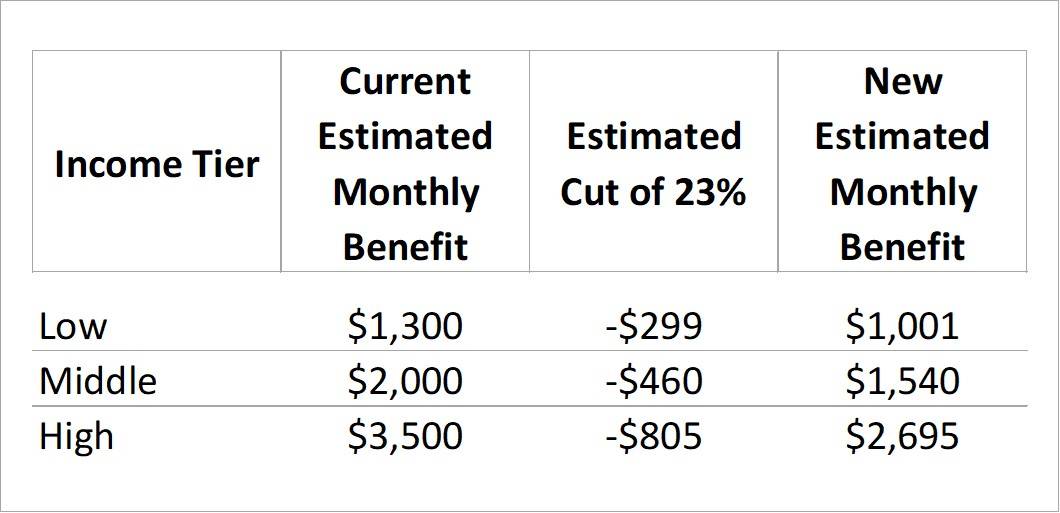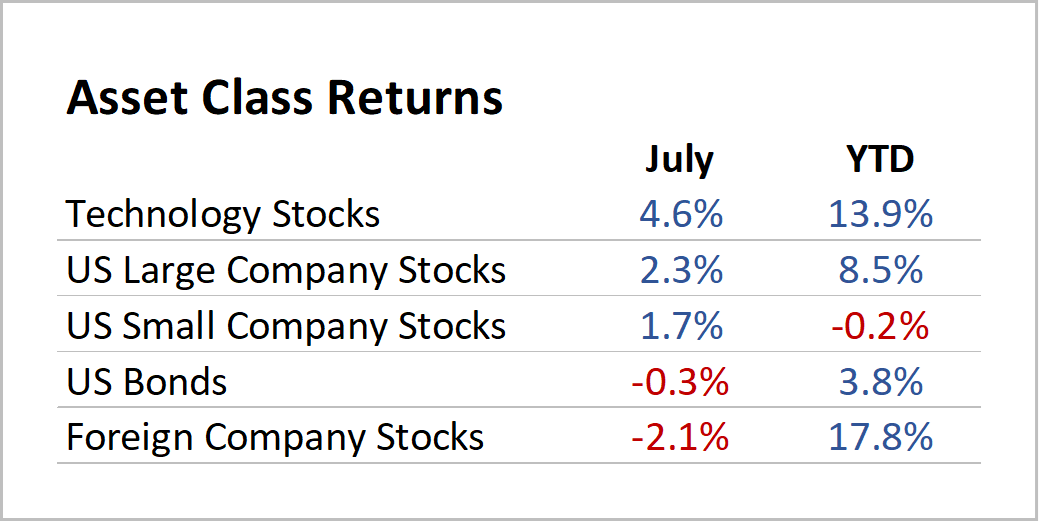
Beginning college planning can be an overwhelming thought for anyone. The thing about college planning is – the sooner you start, the better and calmer you will feel about the whole process.
So, I will say it again… it is ALWAYS a good time to start.
I have met with and counseled many families for their college planning needs, as a financial advisor, and while working at universities.
One common theme I have found in speaking with parents is that many are really overwhelmed and do not know where to start.
Also, many families delay taking the initial steps due to the paralyzing fear of paying the high price of a college education and finding the perfect school for their student.
Some basic strategies listed below are designed to help parents with students of any age as they begin (or continue) to plan and prepare for the college process.
Early Planning and Saving
- Open a 529 College Savings Plan account: This will give you tax advantages, as well as compounding growth over time- even with small contributions. And especially if you can start early.
Start Talking About College – Frame It as a Goal
- Begin conversations about education after high school and explore all options.
- Keep it positive, age-appropriate, and flexible. This approach will help keep you all informed on perspectives as time goes on.
Focus on Academics and Study Habits
- A strong academic foundation is important; it will support the student and allow for further growth during their college career.
- Encourage strong study skills, reading habits and time management early on.
- Good grades and test scores help improve chances of admission.
Get the Student Involved
- Teach the basics of a budget, and the value of saving.
- Encourage part-time work or a summer job to contribute to expenses or savings.
Have Students Get Involved in Interests
- Hobbies, extracurricular activities, volunteering and sometimes sports will help a student develop and find areas of interest.
- This will help build character and leadership skills and prepare for future college applications.
- This also helps a student’s potential for acceptance and merit scholarships. Many schools take a holistic approach to reviewing applications, and involvement and leadership roles are highly valued.
Understand Total College Costs
- Begin looking at a variety of public and private schools online and review total Cost of Attendance. It may be shocking when you start out, but it is necessary to be informed before you begin.
- As your student gets older, start to use Net Price Calculators on school websites for estimates of financial aid and possibly merit scholarships.
- Also, when you approach the planning stages in high school, learn how the FAFSA and CSS Profile work.
- FAFSA
- CSS Profile
- Understand the different types of aid, grants, scholarships, loans, work study, etc.
Understand your financial situation and what you can afford
- Be realistic about your budget, what you can contribute and avoid unnecessary debt.
- Start family discussions on expectations early. Be clear on what you are willing and able to contribute to college for your student. This avoids big disappointments late in the decision-making process.
- Apply for private scholarships early and often.
- Here are a few:
- Fastweb
- RISLA
- Scholarship America
College Selection and Prep
- Focus on fit, not prestige.
- Consider multiple types of schools, including in-state schools which offer lower tuition.
- As you get further into the process and start your list, be sure to focus on academic programs, size, campus location and culture, and student activities and support resources.
Prepare Your Student with Good Life Skills
- Help your student with organization for college application season but let them own the process.
- Help by being supportive and help them explore options rather than choosing for them.
- Foster independence by teaching life skills- the basics include laundry, budgeting, and problem-solving.
- Discuss self-care and mental health and how to stay healthy while at college.
While there is much more detail to the college process, if you are beginning to think about college for your student, or you are just starting to get into the steps in the process, hopefully you find some good takeaways here.
Remember this really is a marathon, not a sprint, so try to stay calm and focused but remember to enjoy this time and have some fun as well. It will all go by so much faster than you imagined!




